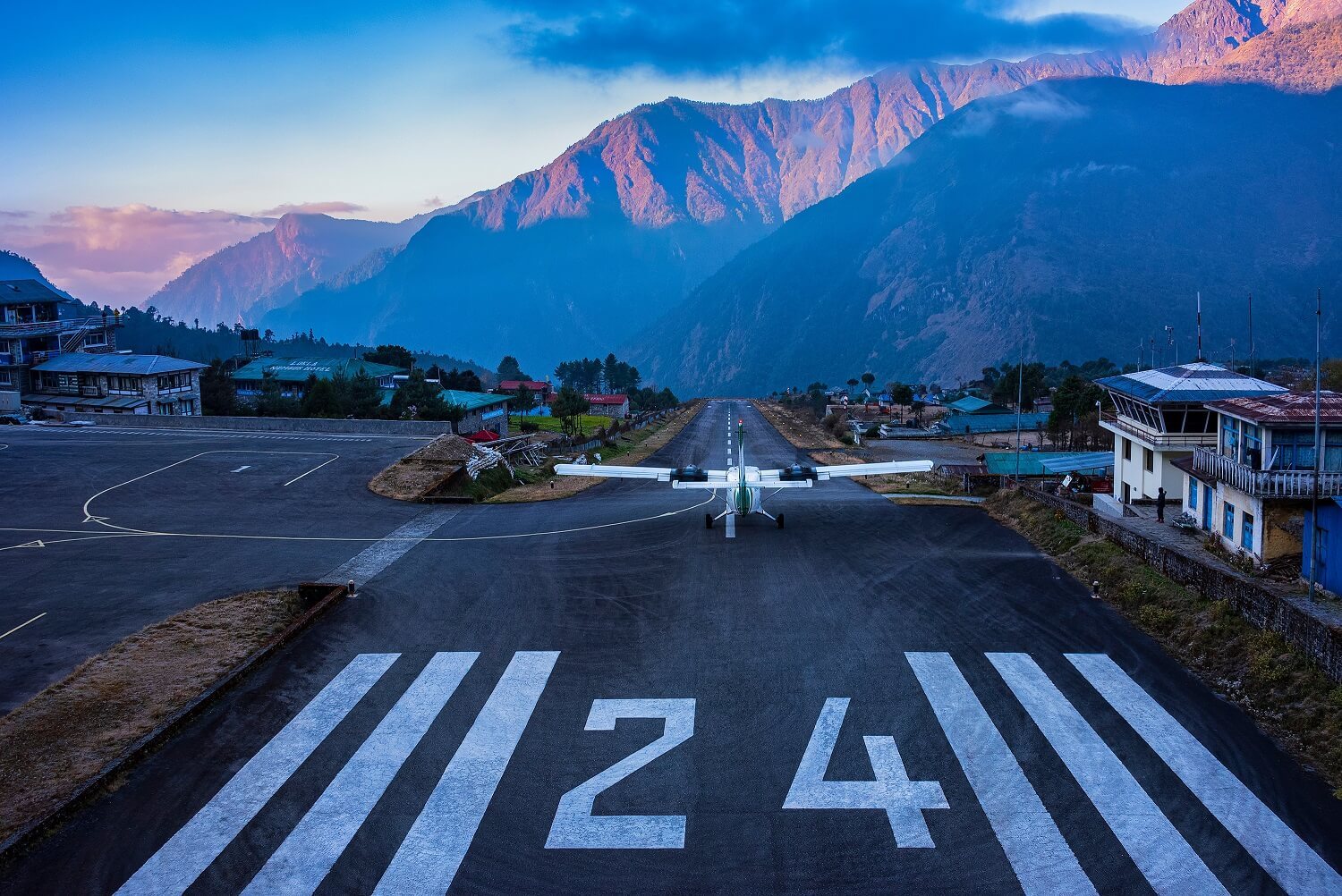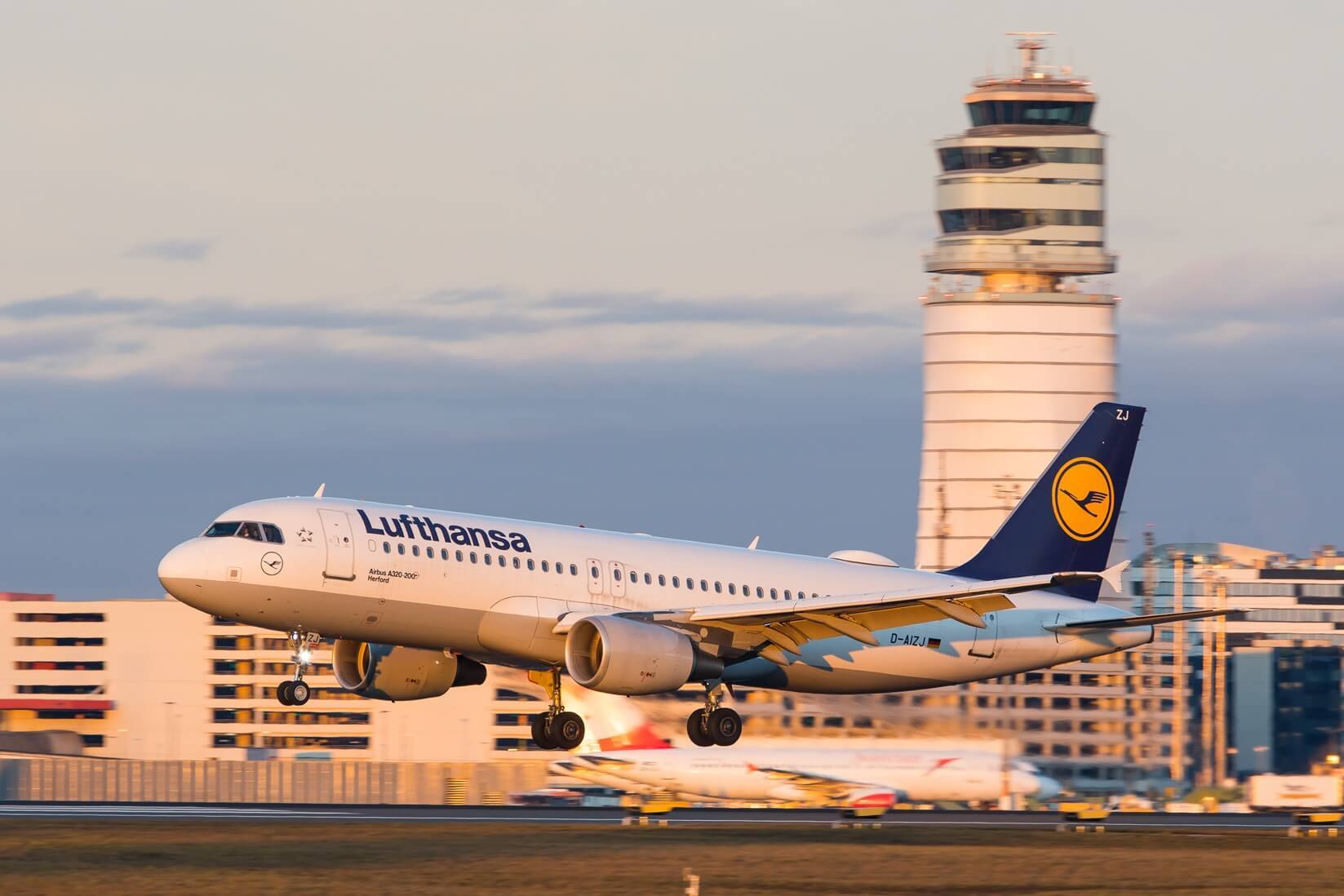The mystery of flight speed and Earth's rotation debunked

When you’re strapped into your seat, soaring thousands of feet above the Earth's surface, thoughts about the physics of flight might not be at the forefront of your mind. But for some, pondering the peculiarities of aviation leads down intriguing paths, such as why flying against the Earth's rotation doesn't accelerate flights. Let's dive into this puzzling question and uncover the scientific truths behind it.
Social media sparks aviation curiosity
Recently, a post surfaced on social media, courtesy of a member of the Flat Earth Research group, posing a seemingly perplexing query: If the Earth spins at around 1,000 miles per hour at the equator, why doesn't an airplane flying in the opposite direction just speed across the sky? The post ignited curiosity and skepticism, prompting a deeper exploration into the dynamics of flight and Earth's rotation.
Physics explains flight speed consistency
The answer lies in the fundamental principles of physics, notably Isaac Newton's first law of motion. This law states that objects in motion tend to stay in motion unless acted upon by an external force. In the case of an airplane in flight, it maintains its rotational velocity—the speed at which it moves with the Earth's rotation—due to this law, ensuring a smooth and consistent journey.
Car analogy clarifies flight mechanics
To illustrate this concept further, imagine yourself driving down a highway at a constant speed. If you toss a ball straight up inside the car, where does it land? It lands back in your hand because, like everything else in the car, it's already moving at the same speed as the vehicle. Similarly, when an airplane takes off, it continues moving at the same speed as the Earth's rotation, akin to the ball inside the moving car.
Airplanes and Earth's rotational speed
Thus, the airplane doesn't experience a sudden surge or reduction in speed relative to the ground because it maintains its motion in sync with the Earth's spin. However, altering direction, whether by leaping forward or maneuvering through the air, requires an additional force—provided by the airplane's engines, which propel it forward by expelling gases.
East vs. West: Flight time differences
Furthermore, the direction of flight relative to the Earth's rotation impacts travel time. Flying eastward aligns with the Earth's spin, potentially resulting in a faster journey, aided by jet streams—rapid air currents flowing from west to east at high altitudes. These jet streams act as natural tailwinds, propelling aircraft forward and reducing travel time. Conversely, flying westward against the jet stream may prolong the journey due to increased air resistance.
Flight speed myths debunked
In essence, the apparent discrepancy between flight speed and Earth's rotation is reconciled by understanding the laws of motion and the influence of atmospheric phenomena like jet streams. While the notion of zooming across the sky at supersonic speeds might be enticing, the reality of flight is grounded in the intricate interplay of physics and atmospheric dynamics.
So, the next time you find yourself gazing out the window of an airplane, marveling at the vast expanse below, remember the fascinating science that keeps you airborne and en route to your destination, regardless of the Earth's rotational speed.
Latest posts
Flight delays and cancellations in August 2025
Check which flights were delayed in August 2025 – you may still be entitled to claim up to 600 € in compensation.
Flight delays and cancellations in July 2025
Check which flights were delayed in July 2025 – you may still be entitled to claim up to 600 € in compensation.
Flight cancellations and delays in March 2024
Check which flights were delayed in March 2024 – you may still be entitled to claim up to 600 € in compensation.












